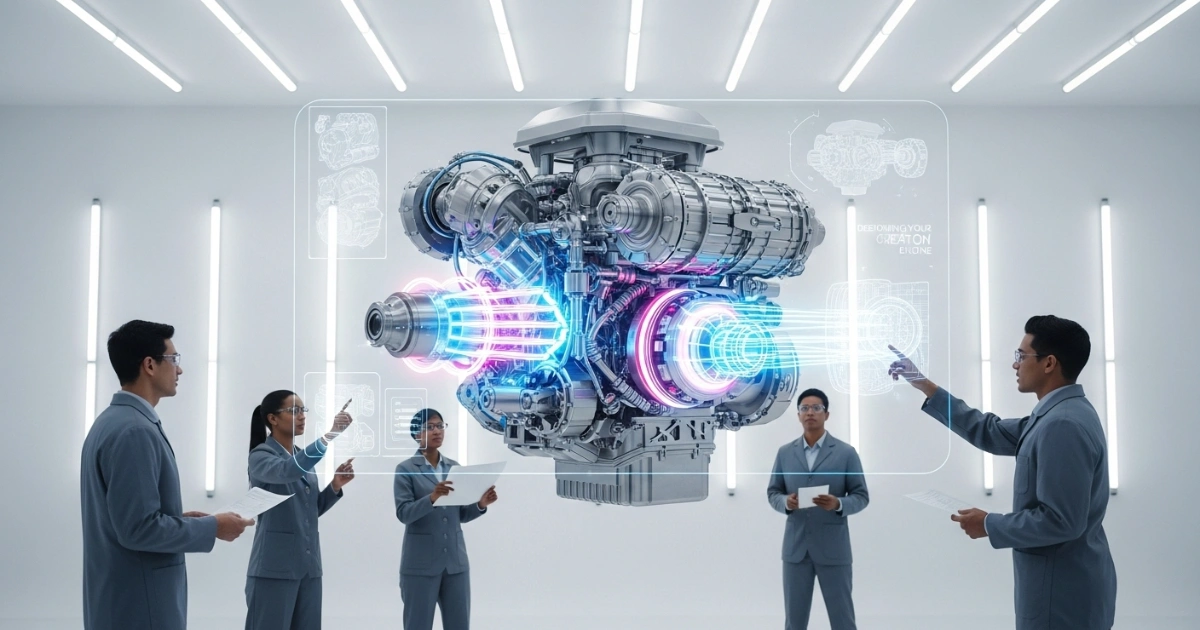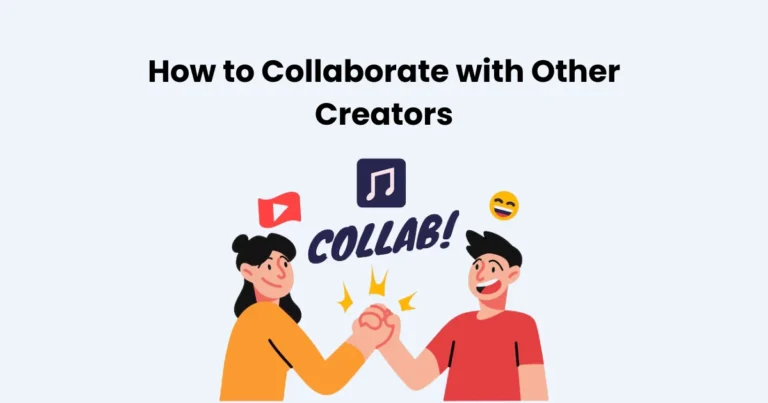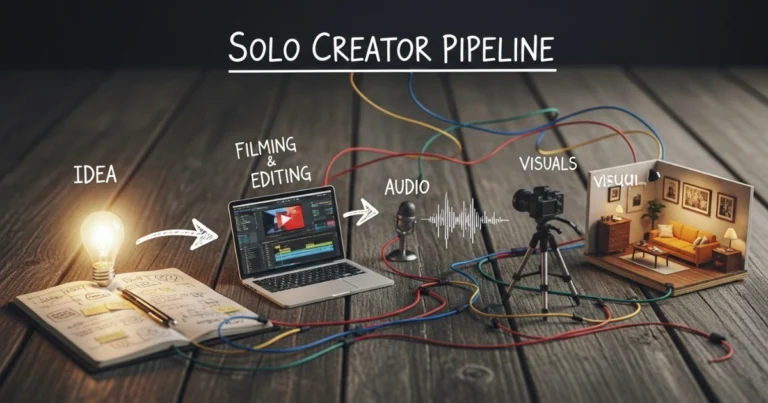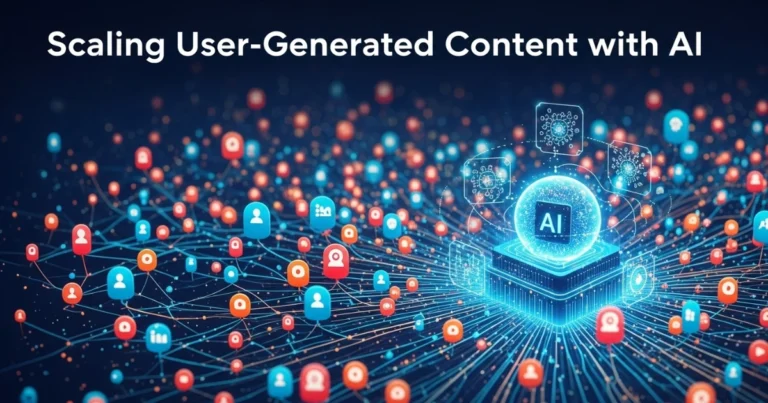Designing Your Creator Myth Engine: Unleashing Epic Stories

Contents
- 1 What Is a Creator Myth Engine?
- 2 Step 1: Define Your World’s Core Concept
- 3 Step 2: Craft the Origin Story
- 4 Step 3: Design Your Pantheon
- 5 Step 4: Establish Cosmic Rules
- 6 Step 5: Build Cultural Connections
- 7 Step 6: Use Tools to Enhance Your Engine
- 8 Step 7: Test and Iterate
- 9 Common Pitfalls to Avoid
- 10 Examples of Creator Myth Engines in Action
Designing your creator myth engine is a transformative process that empowers storytellers, game developers, and world-builders to craft compelling mythologies that captivate audiences. A creator myth engine is a structured framework that generates the foundational stories, deities, and cosmic rules of your fictional universe. Whether you’re writing a novel, developing a video game, or creating a tabletop RPG, this engine fuels your narrative with depth and originality. In this comprehensive guide, we’ll explore how to design your creator myth engine, offering practical steps, creative strategies, and tools to maximize your storytelling potential. By the end, you’ll have a clear roadmap to build a mythology that resonates with your audience.
What Is a Creator Myth Engine?
A creator myth engine is a conceptual tool that organizes the elements of your mythology—gods, origins, conflicts, and cultural values—into a cohesive system. Unlike a single myth, this engine is a dynamic framework that generates endless stories while maintaining consistency. For example, J.R.R. Tolkien’s The Silmarillion serves as a creator myth engine for Middle-earth, providing the backbone for The Lord of the Rings. Similarly, your engine will define the rules and themes that shape your world’s narrative.
To clarify, think of it as a storytelling machine. You input core ideas—such as a pantheon of gods or a cosmic event—and the engine outputs interconnected myths. Consequently, this approach ensures your world feels alive and immersive. Now, let’s dive into the steps to design your creator myth engine effectively.
Step 1: Define Your World’s Core Concept
First, establish the central idea of your universe. This concept acts as the seed from which all myths grow. Ask yourself: What is the essence of your world? Is it a realm of endless skies ruled by storm gods, or a dystopian planet shaped by a fallen creator? For instance, if your world revolves around balance, your creator myth engine might focus on dualistic deities who maintain harmony.

To begin, brainstorm the following:
- Tone: Is your mythology dark, hopeful, or mysterious?
- Scope: Is it a single planet, a multiverse, or a dreamlike realm?
- Theme: What universal truths or conflicts drive your story?
Once you’ve nailed down the core concept, you’re ready to build the foundation of your creator myth engine. This step ensures every myth aligns with your world’s identity.
Step 2: Craft the Origin Story
Next, create the origin story that sets the stage for your mythology. This is the “big bang” of your universe, explaining how it came to be. Importantly, your origin story should reflect the core concept you defined earlier. For example, if your world is about chaos, your origin might involve a primordial void splitting into warring deities.

Here’s a simple framework for your origin story:
- The Void or Catalyst: Describe the state before creation. Was it emptiness, chaos, or a single entity?
- The First Act: What sparked creation? A god’s sacrifice, a cosmic war, or a divine spark?
- The Result: What emerged? Planets, gods, or sentient forces?
For inspiration, consider the Greek myth of Chaos giving birth to Gaia and Uranus. This single story spawns countless others. Similarly, your origin story will fuel your creator myth engine, providing a foundation for all subsequent tales.
Step 3: Design Your Pantheon
Now, focus on the gods, spirits, or forces that shape your world. A well-crafted pantheon adds depth and relatability to your mythology. To illustrate, think of the Norse gods like Odin and Thor, each with distinct personalities and roles. Your creator myth engine needs a pantheon that feels alive and interconnected.

Follow these tips to design your pantheon:
- Diversity: Include gods with varied domains, such as war, love, or knowledge.
- Conflict: Create tension between deities. Do they compete for worshipers or power?
- Humanity: Give gods flaws or relatable traits to make them engaging.
Moreover, consider how your pantheon interacts with mortals. Do gods walk among them, or are they distant? By defining these relationships, your creator myth engine will generate stories that feel organic and immersive.
Step 4: Establish Cosmic Rules
Every mythology needs rules to govern its universe. These rules define what’s possible and create stakes for your stories. For example, in many mythologies, gods are immortal but can be bound or weakened. Your creator myth engine must include clear cosmic rules to maintain consistency.

Ask these questions:
- Can gods die or be replaced?
- Do mortals have free will, or are they puppets of fate?
- What forces (e.g., magic, technology, or nature) shape reality?
By establishing these rules, you ensure your mythology feels believable. Additionally, these rules act as a filter, ensuring every story generated by your creator myth engine aligns with your world’s logic.
Step 5: Build Cultural Connections
Your mythology doesn’t exist in a vacuum—it shapes the cultures within your world. Therefore, connect your creator myth engine to the beliefs, rituals, and traditions of your fictional societies. For instance, a culture worshiping a sun god might celebrate solar festivals, while one revering a trickster deity might value cunning.

To integrate culture:
- Create Rituals: What ceremonies honor your gods or myths?
- Define Values: How do myths influence societal norms?
- Add Conflict: Do different cultures interpret the same myth differently?
By weaving myths into your world’s cultures, you make your creator myth engine a living part of your narrative. This step also adds layers of realism, as audiences see how myths shape daily life.
Step 6: Use Tools to Enhance Your Engine
Fortunately, modern tools can streamline the process of designing your creator myth engine. Software like World Anvil or Campfire allows you to organize your pantheon, rules, and stories. Alternatively, mind-mapping tools like Miro or XMind help visualize connections between myths and cultures.

For example:
- World Anvil: Create detailed profiles for gods and track their relationships.
- Obsidian: Use this note-taking tool to link myths and build a narrative database.
- Trello: Organize story ideas into boards for easy access.
These tools save time and ensure your creator myth engine remains consistent, especially for sprawling projects like novels or game worlds.
Step 7: Test and Iterate
Finally, test your creator myth engine by generating sample stories. Write a short tale using your pantheon, rules, and cultural elements. Does it feel cohesive? Does it spark new ideas? If not, tweak your engine. For instance, if your gods lack conflict, add rivalries to deepen the narrative.

Additionally, share your myths with beta readers or collaborators. Their feedback can reveal blind spots and inspire refinements. By iterating, you ensure your creator myth engine produces compelling, consistent stories every time.
Common Pitfalls to Avoid
While designing your creator myth engine, watch out for these mistakes:
- Overcomplicating: Too many gods or rules can confuse audiences.
- Inconsistency: Ensure myths align with your cosmic rules.
- Lack of Stakes: Myths without conflict or consequences feel flat.
By avoiding these pitfalls, you’ll create a robust creator myth engine that stands the test of time.
Examples of Creator Myth Engines in Action
To inspire you, let’s look at real-world examples:
- Tolkien’s Middle-earth: The Silmarillion’s creation story, driven by Eru Ilúvatar and the Ainur, sets up a universe of harmony and discord.
- Star Wars: The Force, with its light and dark sides, acts as a creator myth engine, spawning tales of Jedi and Sith.
- Dungeons & Dragons: Each campaign setting, like Forgotten Realms, uses a pantheon and cosmology to generate endless adventures.
These examples show how a well-designed creator myth engine can fuel expansive, engaging worlds.
Tips for Maximum Engagement
To make your mythology resonate with audiences:
- Use Archetypes: Tap into universal symbols like the hero, trickster, or creator.
- Add Mystery: Leave some myths ambiguous to spark curiosity.
- Involve Mortals: Show how myths affect everyday characters.
By following these tips, your creator myth engine will produce stories that captivate and endure.
Conclusion
Designing your creator myth engine is a powerful way to craft immersive, memorable worlds. By defining a core concept, crafting an origin story, building a pantheon, establishing rules, and connecting myths to culture, you create a storytelling machine that generates endless possibilities. With the right tools and iterative testing, your engine will produce myths that captivate audiences, whether in novels, games, or other creative projects. Start building your creator myth engine today, and unleash epic stories that leave a lasting impact.






